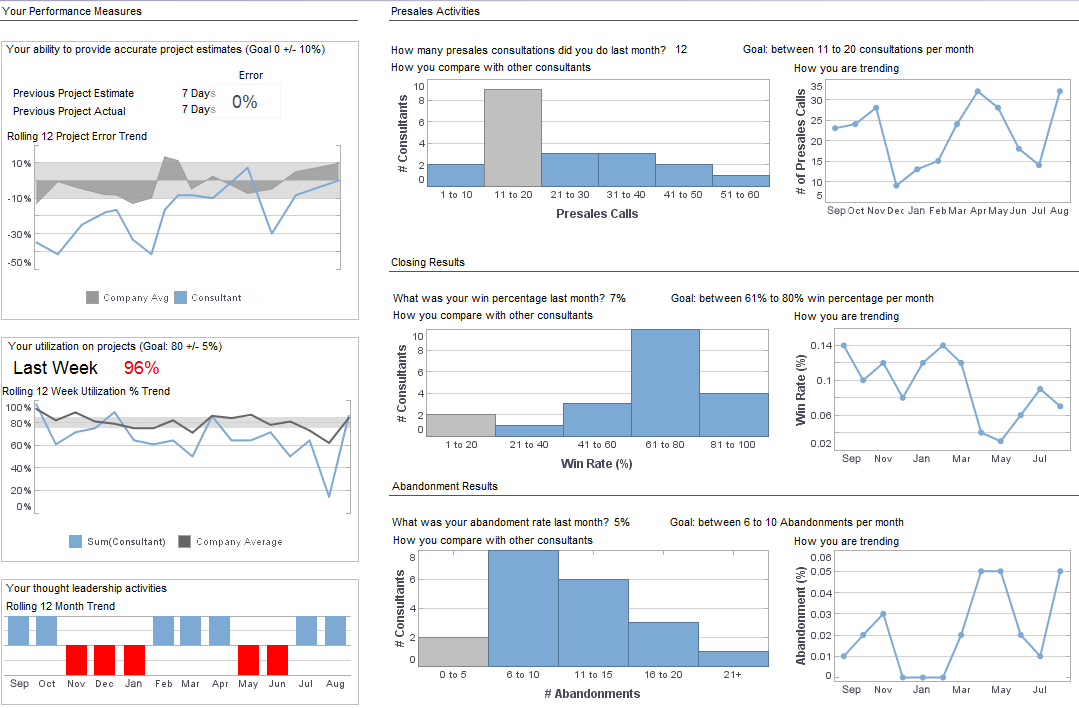Understanding OLAP – Online Analytical Processing
This is the transcript of a podcast hosted by InetSoft on the topic of "Understanding OLAP – Online Analytical Processing." The speaker is Abhishek Gupta, product manager at InetSoft.
The term we are going to discuss today is OLAP, O-L-A-P. It is an acronym, and we will get to what this acronym stands for. First of all, OLAP is something that is a best business practice for all business intelligence. Every business intelligence tool that is out there, if we were talking about Cognos, if we were talking about SAP, if we were talking about Business Objects, or even InetSoft, of course, if we were talking about any of these business intelligence tools, they are definitely going to talk about OLAP.
It's the thing to talk about. It's the tool to use. It's the process. That is what we do with reporting now. So in the past we used other things. Now it's all OLAP. And the thing is when you say OLAP, and you hear your IS department talk about it, and you hear vendors talking OLAP, it kind of floats by, and it's not something that you feel like initially have to know exactly what that means because you kind of get the idea that “okay this is a thing they are providing.”
 |
View a 2-minute demonstration of InetSoft's easy, agile, and robust BI software. |
Deeper Dive into OLAP
But if you wanted to do that deeper dive, it's a really interesting thing, and it's not only just a best business practice, but it's also an analytical mindset that you need to embrace. So let’s get through some of the geek talk here. Now, OLAP is short for Online Analytical Processing, so the O for On, the L for Line, the A for Analytical and the P for Processing, OLAP. So you don’t say O-L-A-P. You say OLAP, and we just kind of run it together. So that is the definition of OLAP, and that Online Analytical Processing that we are talking about is meaning that it's a faster way of getting to the information, but it's also that the information is fundamentally processed differently.
Rather than looking at each and every transaction within a data structure, what we actually do is come up with the combination of every different piece of that, and then provide that in an information so that when you are looking at information, you are processing it is faster, and you can absorb it and move through the data quicker. You can see the data change, and adapt and move based on what you have selected and moved around the data easily.
So fundamentally, it's a different structure that we had in the past, but an easy example to kind of drive home the reason why OLAP is so important is this situation that we have all experienced. You have had somebody come to you and they ask for some information. They say like give me the total sales for last year?
Now you could run through and take all the sales orders and sum them up and then use that data range, come up with the number, and you come back and you are like number is 42, or whatever, right? And the boss says okay well, how much of that was sold in the different regions? Well you know you didn’t ask me that at first, you asked me about the total. Well, yeah I know, but now I don’t want to know the total, I kind of want to know how much was sold in the different regions.
 |
View live interactive examples in InetSoft's dashboard and visualization gallery. |
So then you go back through take all the transactions, and now you start to find in this field for regions, you start breaking it out, you sum up the data, you come back to him and you say okay, here it is, these five regions, here is how that 42 breaks out. It is just okay well, let’s see. How does that break out in terms of customers?
And I am like what you are asking about regions, now you are asking about customers. So you go back through, you start digging through I mean this could go on and on and you can end up having I mean just these things happen where you have a dozen of these different variations that happen on this one simple question. And you can get kind of frustrated because you are saying, how come you didn’t ask me his upfront.
I can just roll all this stuff up, but then I am going back and forth and back and forth and I am getting really frustrated, and you are thinking in your mind like okay, maybe I am not the best business intelligence professional because I didn’t do all the requirements gathering that I should have upfront.
Well, the reality is that boss didn’t know what they were looking for until they started seeing the numbers. So it's unreasonable to think that they are going to know everything that they want to know right upfront. It just doesn’t work that way. It's not until they can see some information, get a picture or model or something, then they start asking for more information. But you have these 12 variations that are out there. Well, that’s what the Online Analytical Processing is all about. It's about taking that analysis, making it online so it's something that they can interact with, and it is processed very quickly.
